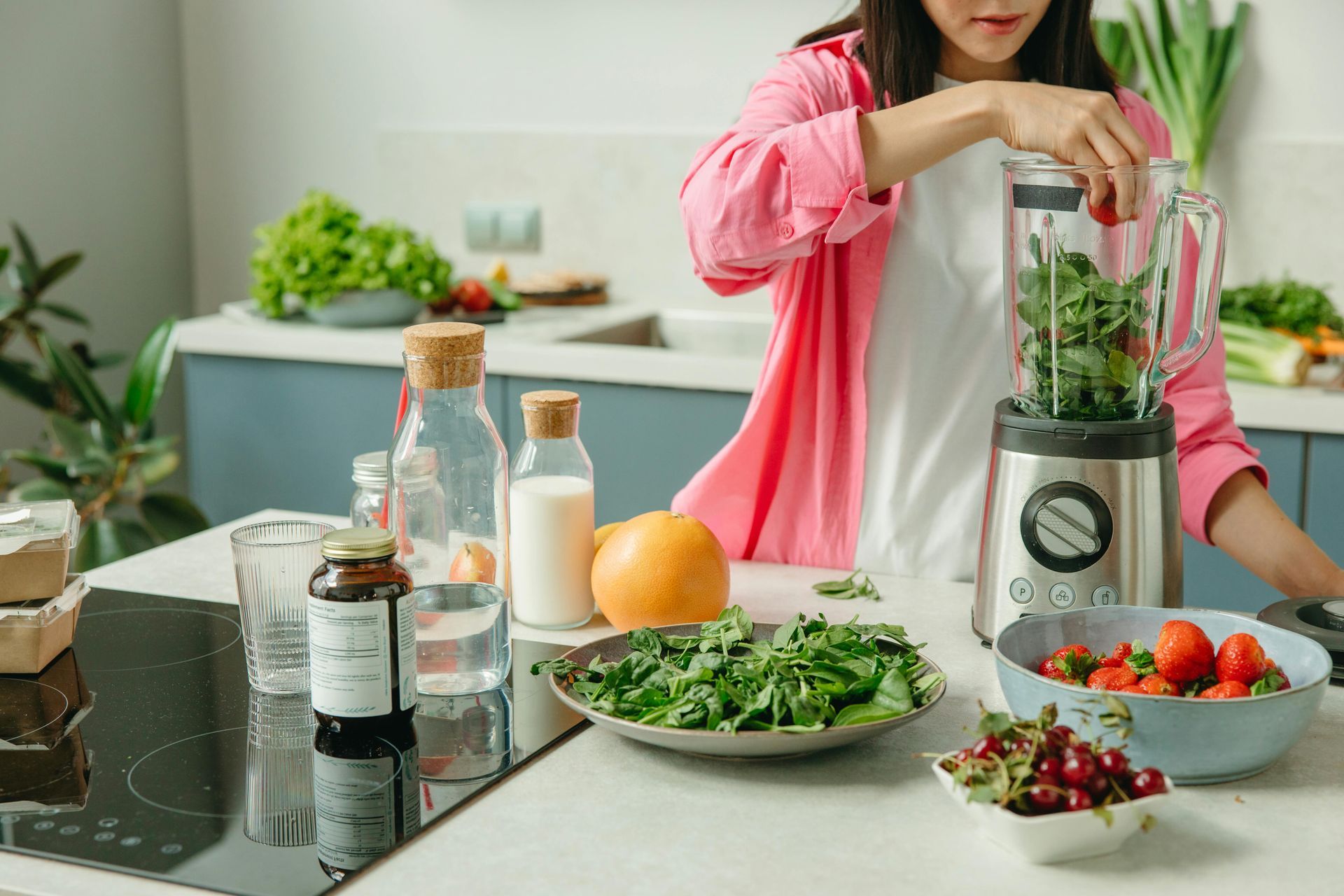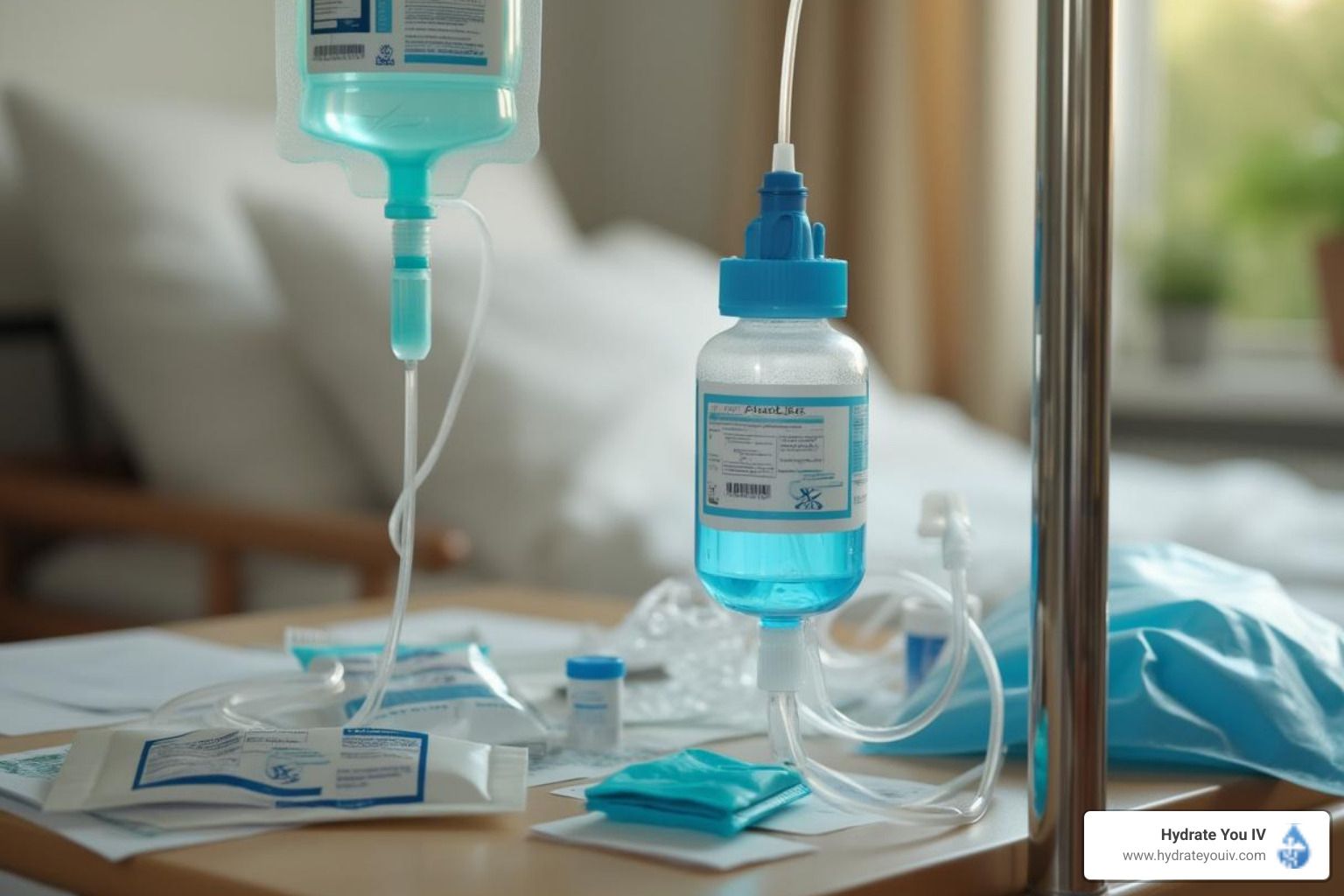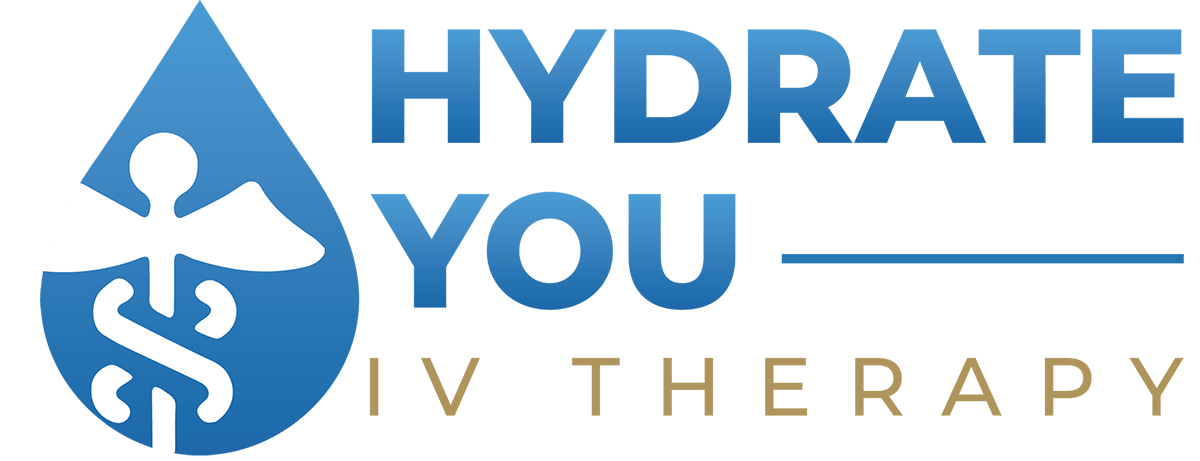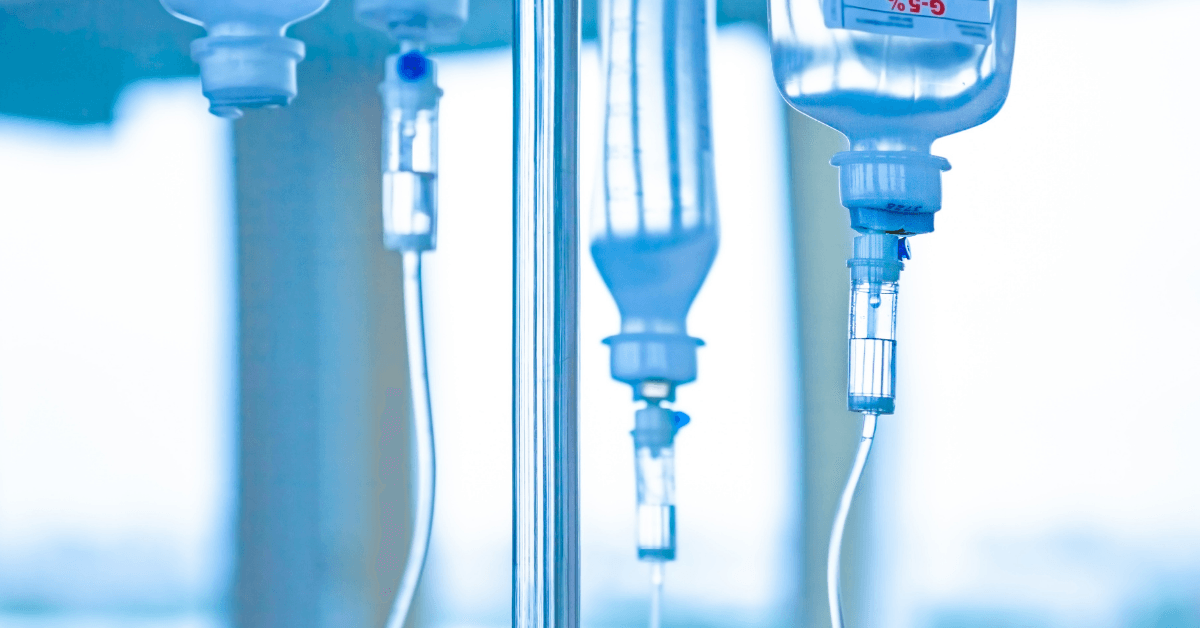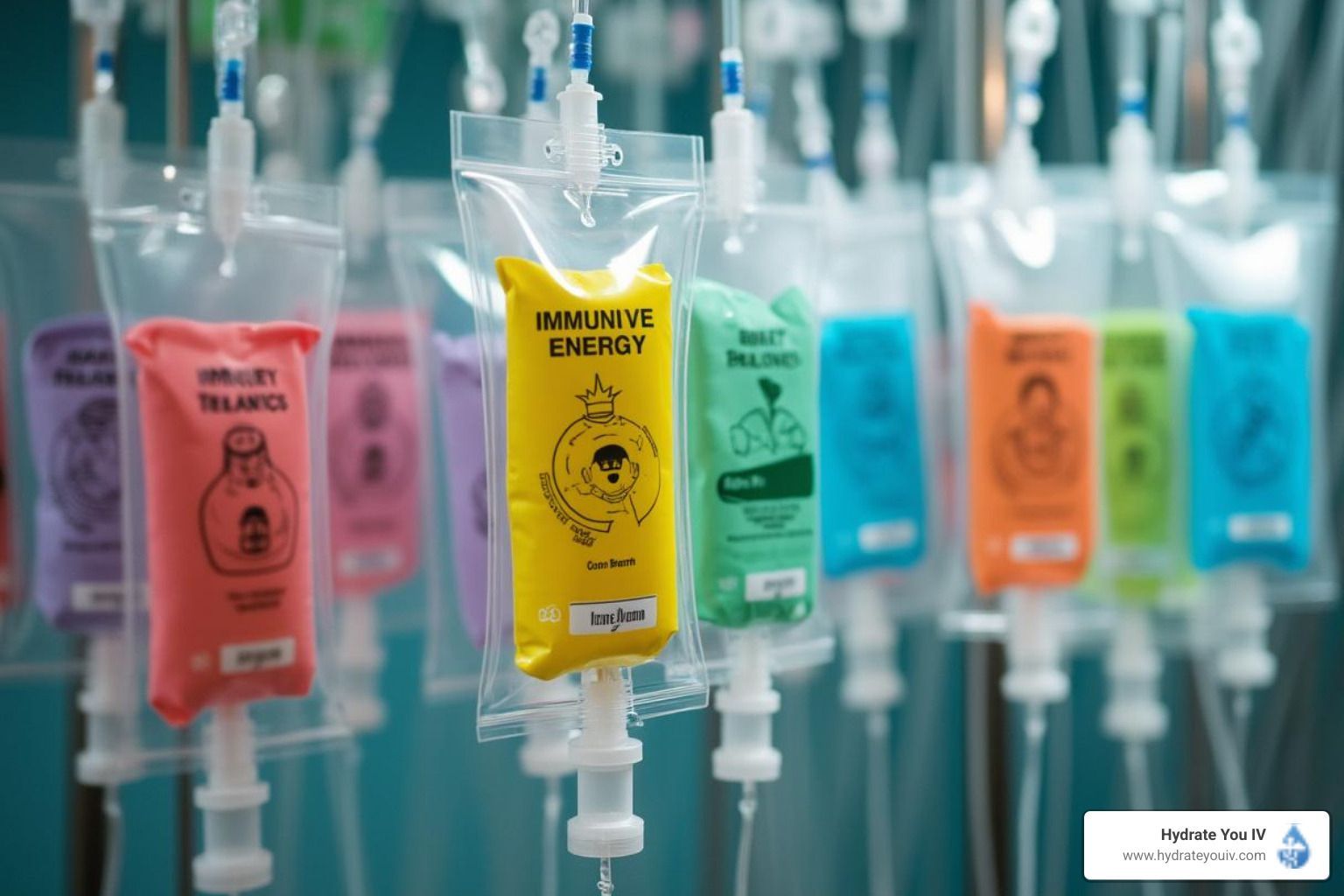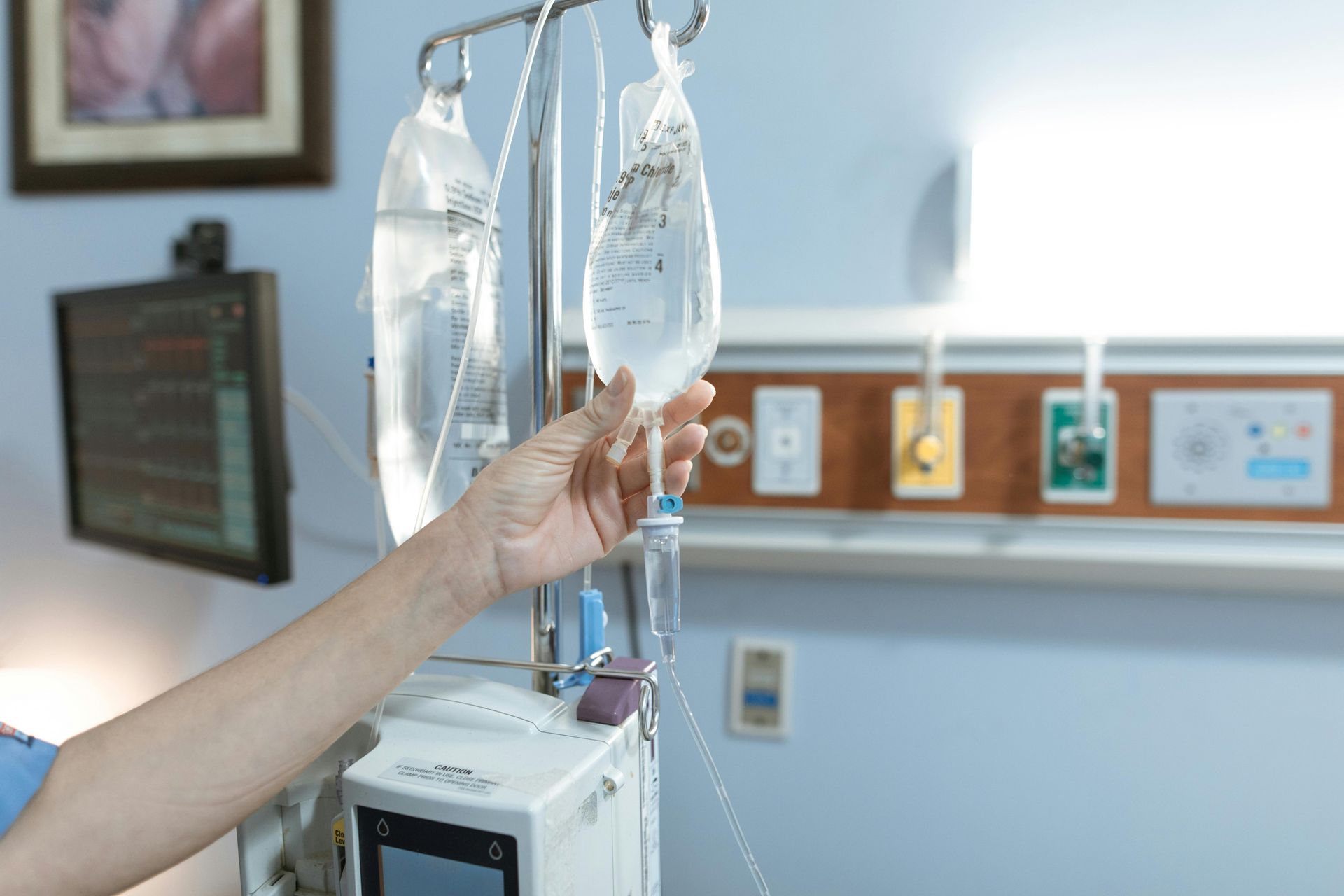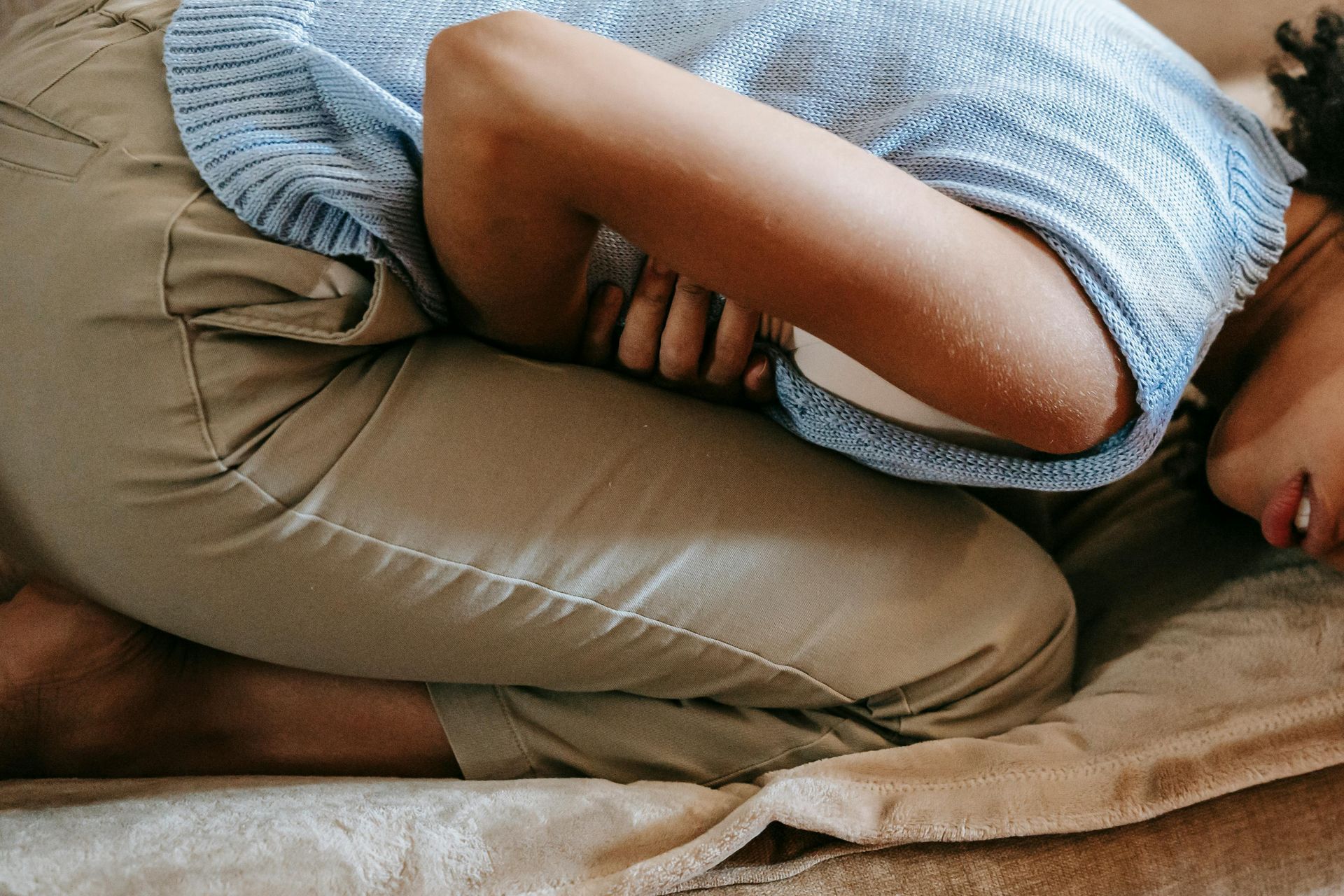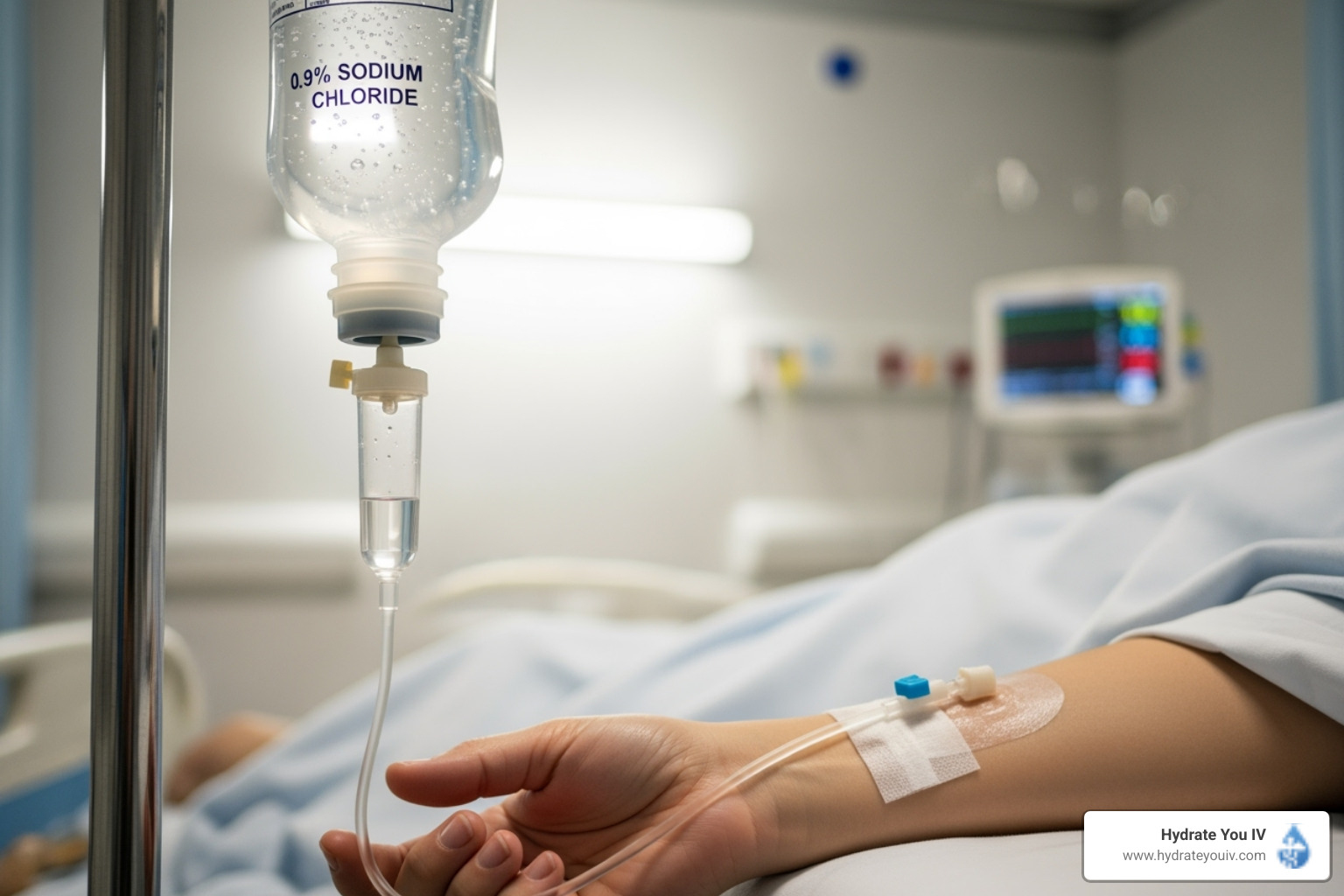No ER Needed – How to Make a Migraine Cocktail at Home
Why At-Home Migraine Relief Works

A migraine cocktail at home can provide fast, effective relief without the stress and expense of an emergency room visit. This simple three-ingredient combination uses over-the-counter medications that work together to target multiple migraine pathways at once.
Quick Answer for At-Home Migraine Relief:
- 250 mg acetaminophen (pain relief)
- 250 mg aspirin (anti-inflammatory)
- 65 mg caffeine (about 5.5 oz of coffee)
- Take at first sign of migraine symptoms
- Rest in a quiet, dark room
- Limit use to 2-3 times per week to avoid rebound headaches
According to the American Migraine Foundation, about 1 in 5 people experience complete relief from this over-the-counter combination within two hours, while about half see at least 50% symptom reduction . A 2005 study found that combining these three ingredients provides significantly more relief than taking each medication alone.
This approach makes sense for busy professionals and parents who need fast relief without the hassle of waiting rooms or expensive ER visits. The combination targets pain, inflammation, and blood vessel constriction - the three main mechanisms behind migraine pain.
But safety comes first. While effective for many people, this remedy isn't right for everyone. Pregnant women, people with liver disease, and those taking blood thinners should avoid this approach.
I'm Yandree Wilson, and through my work with Hydrate You IV Therapy, I've helped countless Oklahoma residents find effective migraine relief both at home and through professional IV treatments. Understanding when a migraine cocktail at home is appropriate - and when professional care is needed - can make all the difference in managing your migraine symptoms safely and effectively.

Migraine cocktail at home terms to learn:
What is a Migraine Cocktail?

If you've ever had a migraine, you know that desperate feeling when the pain hits. You'd try almost anything for relief - which is probably how you ended up searching for information about a migraine cocktail at home .
Don't worry, we're not talking about mixing medications with actual alcohol. A migraine cocktail is simply a combination of medications designed to tackle severe headache pain from multiple angles. Think of it as a team approach - instead of sending one player onto the field, you're sending three who work together to win the game.
The term describes both the complex IV treatments you might receive in a hospital and the much simpler combinations you can create at home using over-the-counter medications. Both approaches use the same basic principle: attacking migraine pain through different pathways works better than relying on a single medication.
This makes sense when you consider what you're dealing with. Migraine affects about 1 in 7 adults - that's roughly 39 million Americans living with this neurological condition. Unlike the occasional tension headache, migraines bring severe, throbbing pain (usually on one side of your head), along with nausea, vomiting, and sensitivity to light and sound that can make you want to hide under the covers.
The science behind combining medications for migraine relief is solid. A 2005 study on combination therapy showed that a fixed combination of aspirin, acetaminophen, and caffeine provided significantly better relief than each medication used alone. It's like having a Swiss Army knife instead of just a single blade.

The At-Home Approach
The beauty of creating a migraine cocktail at home is that you don't need a medical degree or a trip to the emergency room. While hospitals might use complex IV combinations with medications like ketorolac, metoclopramide, and dexamethasone, your home version uses just three ingredients you can pick up at any pharmacy.
This DIY approach makes perfect sense when your migraine symptoms are moderate to severe but not requiring emergency care, when you want to avoid the time and expense of an ER visit, or when you've used this combination successfully before and understand how your body responds.
The accessibility factor is huge. Instead of waiting in a bright, noisy emergency room (which feels like torture when you have a migraine), you can take action immediately in the comfort of your own home. Many people find relief within 60 minutes, making this an attractive first-line treatment for those who understand their migraine patterns.
Of course, this approach works best when you know your own body and have experience managing your migraines. It's not a one-size-fits-all solution, but for many people, it's a game-changer.
Why a Combination Works Better
Here's where the science gets interesting. The synergistic effect of combining acetaminophen, aspirin, and caffeine creates something more powerful than the sum of its parts. Each ingredient has a specific job in your migraine relief team.
Acetaminophen works by blocking pain signals in your brain - think of it as turning down the volume on your pain receptors. Aspirin tackles the inflammation around your blood vessels that contributes to migraine pain. Caffeine does double duty by improving how quickly your body absorbs the other medications while also providing vasoconstriction that can help reduce migraine pain.
Research on combination effectiveness consistently shows that giving multiple medications simultaneously works better than taking them one at a time. This makes sense because migraines are complex - they involve inflammation, blood vessel changes, and altered pain processing all happening at once.
The caffeine component is particularly clever. It acts like a delivery system, helping the other medications reach therapeutic levels more quickly. This is why many commercial migraine medications combine these same three ingredients - the pharmaceutical companies figured out what works and packaged it for you.
By targeting multiple migraine pathways simultaneously, you're essentially surrounding the problem instead of just poking at it with a single approach. It's the difference between using a flashlight and floodlights - both provide light, but one covers a lot more ground.
The Simple 3-Ingredient Recipe for an At-Home Migraine Cocktail

The beauty of a migraine cocktail at home lies in its simplicity. You only need three ingredients that you can find at any pharmacy or grocery store. The specific dosages matter - researchers have tested these exact amounts to find what works best together.
Think of it like a recipe where each ingredient has a job to do. Too much or too little of any one component can throw off the whole balance. Let's break down what each piece brings to your migraine-fighting toolkit.
Ingredient 1: Acetaminophen (250 mg)
Acetaminophen is your pain-blocking powerhouse. It works by stopping your brain from making prostaglandins - those pesky chemicals that create pain and make you feel miserable during a migraine.
What makes acetaminophen special is that it goes straight to your central nervous system instead of just working on inflammation like other pain relievers. The FDA information on acetaminophen shows that 250 mg is the sweet spot when you're combining it with other medications.
Tylenol is the most recognizable brand, but any acetaminophen will do the trick. The key is sticking to exactly 250 mg - not the full 500 mg you might take for a regular headache. This lower dose works perfectly when paired with the other ingredients and keeps you well within safe limits.
Your liver processes acetaminophen, so taking the right amount protects you from any unwanted side effects while still giving you the relief you need.
Ingredient 2: Aspirin (250 mg)
Aspirin brings the anti-inflammatory muscle to your migraine cocktail. As an NSAID, it tackles the swelling and inflammation that happens around blood vessels in your brain during a migraine attack.
Here's where aspirin really shines - it blocks not just one but two different enzymes (COX-1 and COX-2) that create inflammation. Research on NSAIDs for migraine shows that aspirin works best when you take it at the first sign of migraine symptoms.
The 250 mg dose gives you therapeutic benefits without upsetting your stomach too much. Since regular aspirin tablets are usually 325 mg, you might need to get creative. You could break a tablet or use three of the 81 mg low-dose aspirin tablets (that's 243 mg, which is close enough to work effectively).
This anti-inflammatory action helps calm down the blood vessel changes that contribute to that throbbing migraine pain.
Ingredient 3: Caffeine (65 mg)
Caffeine is the secret weapon that makes everything else work better. It does double duty - narrowing those dilated blood vessels that cause migraine pain while helping your body absorb the acetaminophen and aspirin more effectively.
You need about 65 mg of caffeine, which equals roughly 5.5 ounces of regular coffee according to Harvard's research on caffeine content. This amount gives you the therapeutic benefits without making you jittery or anxious.
Your caffeine options include coffee (about half a regular mug), black tea (roughly 2 cups), or even caffeine pills if you cut a 200 mg tablet into thirds. While caffeinated soda technically works, the sugar content isn't ideal when you're already dealing with a migraine.
The timing matters here - take your caffeine with or right after the other medications to get that synergistic boost that makes the whole combination more effective than any single ingredient alone.
How to Prepare and Use Your Migraine Cocktail

Proper preparation and timing can make the difference between effective relief and disappointing results. Follow these steps for the best chance of success with your migraine cocktail at home .
Step-by-Step Preparation
- Gather your ingredients (250mg acetaminophen, 250mg aspirin, 65mg caffeine)
- Take the pills with a full glass of water - this helps with absorption and prevents stomach irritation
- Drink your caffeinated beverage - timing this with the pills maximizes the synergistic effect
- Rest in a quiet, dark room - reducing sensory input helps the medications work more effectively
The key is acting quickly. Migraines respond best to treatment when caught early, ideally within the first hour of symptom onset. Don't wait to see if the pain gets worse - early intervention is crucial for success.
How Effective Is a Migraine Cocktail at Home?
Research shows promising results for at-home migraine cocktails. According to a 2021 analysis, about 1 in 5 people with migraine experience complete relief from this OTC combination within two hours. Even more encouraging, about half of users see at least 50% symptom reduction within the same timeframe.
Dr. Jessica Kiarashi notes that migraine cocktails typically reduce symptoms within 60 minutes, though individual results vary. The combination's effectiveness depends on factors like:
- How early you take it after symptom onset
- Your individual response to these medications
- The severity of your particular migraine
- Whether you follow proper preparation steps
Some people find relief within 30 minutes, while others may need the full two hours to experience significant improvement. The important thing is giving the combination adequate time to work before considering it ineffective.
Best Practices for Your At-Home Migraine Cocktail
Take at first sign of migraine: Don't wait for pain to become severe. The earlier you intervene, the better your chances of stopping the migraine in its tracks.
Stay hydrated: Drink plenty of water before, during, and after taking your migraine cocktail. Dehydration can trigger migraines and reduce medication effectiveness.
Rest and recovery: Find a quiet, dark room and try to rest. Light and sound sensitivity are common during migraines, so reducing sensory input helps your body heal.
Avoid on an empty stomach: Taking aspirin and acetaminophen without food can cause stomach irritation. Have a light snack if you haven't eaten recently.
Track your migraines: Keep a diary noting when you use the cocktail, how effective it is, and any side effects. This information helps you and your healthcare provider optimize your treatment plan.
Safety First: Risks of a DIY Migraine Cocktail
While an at-home migraine cocktail at home can be a wonderful tool for relief, it’s really important to remember that it’s still medicine. Just like any powerful treatment, it comes with potential risks. Understanding these dangers helps you use this remedy safely and wisely, so you know exactly when it’s time to reach out for professional medical advice.
Potential Side Effects
When you combine medications, there's always a chance of side effects. While many people use this combination without issue, it's good to be aware of what might pop up:
You might notice some stomach upset . Both aspirin and acetaminophen can sometimes bother your stomach lining, leading to heartburn or a tummy ache. Feeling a bit dizzy or lightheaded can also happen, especially if you’re not hydrated or haven't eaten. And while this cocktail aims to ease migraine nausea, sometimes the medications themselves can actually cause a bit of nausea .
A less common side effect, especially with aspirin, is tinnitus , which is a ringing in your ears. Don't worry, this usually goes away. Lastly, if you’re sensitive to caffeine, you might feel a bit of anxiety or jitters. It’s important to know that the side effects of NSAIDs can be more serious with long-term use, like stomach bleeding or kidney issues, so always use with care.
The Risk of Medication Overuse Headaches
One of the biggest things to watch out for with any pain reliever is something called medication overuse headaches (MOH) , or "rebound headaches." This happens if your body starts to rely on the medication too much. When the medicine wears off, your body might actually trigger another headache, making your migraines more frequent and harder to treat.
The American Migraine Foundation warns that if you take over-the-counter migraine medications more than 2 or 3 times a week , you could be at risk for MOH. You might notice your headaches happening more often, getting worse when the medicine wears off, or feeling different from your usual migraines. If you find yourself reaching for your migraine cocktail at home more than a couple of times a week, it’s a clear sign to chat with your healthcare provider. They can help you explore other options, including preventive treatments.
Who Should Avoid This Remedy?
This at-home remedy isn't for everyone. It's really important to know if you fall into a group that should avoid it entirely:
- Pregnant or breastfeeding women : Aspirin can cause problems during pregnancy and can pass into breast milk.
- People with liver or kidney disease : Your liver processes acetaminophen, and aspirin can affect kidney function, so it's risky if these organs aren't working well.
- Those with stomach ulcers or bleeding disorders : Aspirin increases your risk of bleeding and can make existing stomach problems much worse.
- Children and teenagers : Aspirin carries a serious risk for children and teens called Reye's syndrome, which affects the liver and brain.
- People taking blood thinners : Aspirin can increase your risk of bleeding when mixed with blood-thinning medications.
If you have any long-term health conditions or if you're taking any prescription medications, please talk to your healthcare provider before trying this migraine cocktail at home . Your doctor can help you understand if it's safe for you or if there are better options.
When to See a Doctor Instead

While your migraine cocktail at home can be a true lifesaver for many, it's really important to know when it's time to put down the coffee cup and pick up the phone for professional medical help. Sometimes, a headache isn't just a migraine, and recognizing those moments can make all the difference for your health and well-being.
Red Flag Symptoms Requiring Medical Attention
Most migraines follow a familiar pattern, but there are certain "red flag" symptoms that tell you to seek immediate medical attention. These aren't typical migraine signs and could point to something more serious.
For example, if you experience a headache lasting over 72 hours , that's a sign to get help. This prolonged type of migraine, called status migrainosus, needs medical intervention to break the cycle. Also, if you suddenly get the "worst headache of your life" —a pain unlike anything you've ever felt before—it could signal a serious condition like a brain aneurysm. Don't wait on this one!
Be on the lookout for new neurological symptoms that come with your headache, such as numbness, weakness, vision loss, trouble speaking, or confusion. These could be signs of a stroke or another serious issue. Similarly, if your headache comes with a fever or a stiff neck , it might indicate meningitis, which is a medical emergency. And finally, any headache that develops after a head injury should always be checked out by a doctor right away.
If you notice any of these symptoms, please don't try to treat them at home. Head straight to the emergency room or call for urgent medical care. Your safety is the top priority!
Consulting a Healthcare Professional for Chronic Migraines
What if your at-home remedies, even your trusty migraine cocktail at home , just aren't cutting it anymore? Or perhaps you're finding yourself reaching for that combination more often than you'd like—say, more than four times a month? That's a clear signal that it's time to consult with a healthcare professional.
A doctor, especially a headache specialist or neurologist, can truly help you take control of your migraines. They can provide an accurate diagnosis , making sure nothing else is going on. They can also prescribe more effective treatments that aren't available over-the-counter, like triptans or newer CGRP inhibitors, which are designed specifically for migraine relief and prevention. Most importantly, they can develop a comprehensive management plan custom just for you. This plan often looks at your triggers, lifestyle, and how to prevent migraines in the long run, not just treat them when they strike. This kind of specialized care can truly reduce both how often you get migraines and how severe they are.
Beyond the Cocktail: Other Home Remedies and Lifestyle Changes
While a migraine cocktail at home can provide acute relief, a holistic approach that includes drug-free strategies and lifestyle modifications can help prevent future migraines and reduce their severity.
Drug-Free Relief Strategies
Cold compress: A study on neck cooling found that applying a cold compress to the neck significantly reduced pain and duration of migraine attacks. The cold helps constrict blood vessels and numb pain.
Rest in a dark, quiet room: Migraines often involve sensitivity to light and sound. Creating a calm environment helps your nervous system recover and can speed healing.
Hydration: Dehydration is a common migraine trigger. Drinking water steadily throughout the day, not just during a migraine, helps prevent attacks.
Gentle stretching: Neck and shoulder tension can contribute to migraines. Gentle stretches and neck rolls can help release muscle tension that may be triggering or worsening your headache.
These strategies work well alongside your migraine cocktail and can sometimes provide relief on their own for milder headaches.
Lifestyle Changes for Migraine Prevention
Prioritizing sleep: Research on sleep and migraine shows that both too little and too much sleep can trigger migraines. Aim for 7-9 hours nightly and maintain consistent sleep and wake times.
Regular exercise: Moderate exercise releases endorphins, natural pain relievers that can help prevent migraines. Start slowly and avoid intense workouts that might trigger headaches.
Stress management techniques: Chronic stress is a major migraine trigger. Techniques like meditation, deep breathing, and yoga can help manage stress levels.
Identifying food triggers: Common triggers include aged cheeses, processed meats, alcohol, and foods containing MSG. Keep a food diary to identify your personal triggers.
Complementary Therapies
Biofeedback: This technique teaches you to control physiological processes like muscle tension and heart rate, which can help prevent migraines.
Relaxation training: Progressive muscle relaxation and guided imagery can help manage the stress that often triggers migraines.
Acupuncture: Some people find relief from regular acupuncture treatments, though results vary.
Massage: Regular massage can help reduce muscle tension that contributes to migraines.
Information on complementary therapies from the National Institute of Neurological Disorders shows that these approaches can be effective as part of a comprehensive migraine management plan.
Your Next Step for Migraine Relief
A migraine cocktail at home using acetaminophen, aspirin, and caffeine can provide effective relief for many people when used safely and appropriately. The combination targets multiple pain pathways and offers a convenient alternative to emergency room visits for moderate migraine symptoms.
The beauty of this approach lies in its simplicity and accessibility. You don't need a prescription, expensive treatments, or time-consuming doctor visits for every migraine attack. When used correctly, this three-ingredient combination can stop a migraine in its tracks within an hour.
Remember these key safety points as you consider this treatment option. Limit use to 2-3 times per week to avoid rebound headaches - this is crucial for long-term success. Take at the first sign of migraine symptoms for best results, don't wait until the pain becomes unbearable. Avoid this combination if you have contraindications like pregnancy, liver disease, or bleeding disorders. Most importantly, seek medical attention for severe or frequent migraines that interfere with your daily life.
While at-home treatments can be effective, they're not always enough for severe or persistent migraines. When your symptoms don't respond to over-the-counter options, or when you're experiencing frequent attacks that disrupt your work, family time, or sleep, professional treatment becomes necessary.
Think of your migraine cocktail at home as your first line of defense, but not your only option. Some migraines are simply too severe or complex for home treatment, and that's completely normal. There's no shame in needing stronger interventions when your pain is overwhelming.
For Oklahoma residents dealing with severe migraines that don't respond to at-home care, we at Hydrate You IV offer nurse-administered mobile IV therapy that can provide rapid relief without the stress of an emergency room visit. Our specialized migraine IV treatments deliver medications and hydration directly to your bloodstream for faster, more effective relief than oral medications can provide.
Whether you're in Oklahoma City, Tulsa, or anywhere else across Oklahoma, our mobile service brings professional migraine care directly to your home, office, or hotel. We understand that when you're suffering from a severe migraine, the last thing you want is to drive anywhere or sit in a bright, noisy waiting room.
Our approach complements your at-home strategies perfectly. Use your migraine cocktail at home for milder attacks, and call us when you need the heavy-duty relief that only IV therapy can provide. It's about having the right tool for the right situation.
Learn more about our Migraine IV Therapy services and find how professional IV treatment can complement your at-home migraine management strategy. Because everyone deserves to live without the fear of their next migraine attack.
